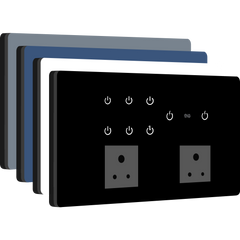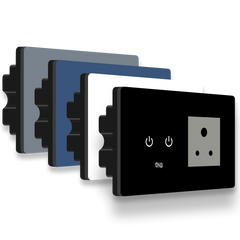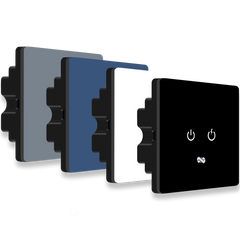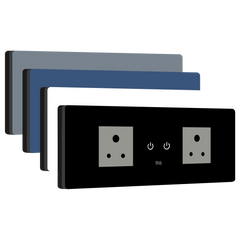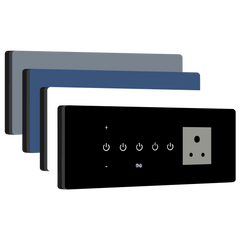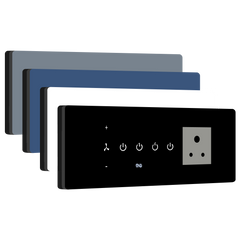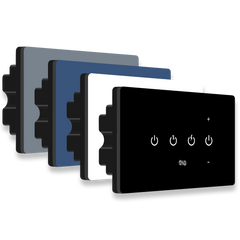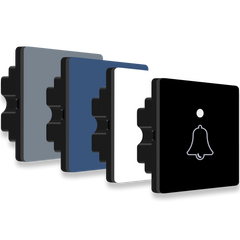Backward Compatibility: Definition, Importance, and Benefits

1. Definition
Backward compatibility refers to the ability of a new device, software, or system to function with or support older devices, technologies, or protocols. In the context of smart switches and home automation, backward compatibility ensures that new smart switches can seamlessly work with existing electrical systems, older devices, and previous versions of smart home apps or platforms.
This is particularly important for homeowners who want to upgrade their home automation setup without replacing everything at once. For example, a new smart switch may still work with an older Wi-Fi router or smart home hub, making it easier to incorporate the latest technology into an existing setup.
2. Key Takeaways
-
Backward compatibility allows new devices or systems to work with older devices or technologies.
-
It reduces the need for major upgrades or replacements when adding new smart devices.
-
Ensures smoother integration with existing home automation setups.
- Saves both time and money by preserving compatibility with previous investments in technology.
3. Why Backward Compatibility Is Important for Smart Homes
In a world where technology evolves rapidly, backward compatibility is crucial for several reasons:
Cost Savings
One of the key benefits of backward compatibility is that it allows you to upgrade your smart home system without replacing every device. For example, if you purchase a new smart switch but do not wish to upgrade your existing router or hub, backward compatibility ensures that your new switch will still work with the older equipment. This helps you save money while staying current with the latest technology.
Seamless Integration
Smart homes often rely on a variety of devices that need to communicate with each other. If each new device is backward-compatible, it can integrate smoothly into your existing network, reducing setup complexity and preventing any device from becoming obsolete.
Future-Proofing
While technology advances quickly, backward compatibility allows your home automation system to remain functional as you gradually add newer devices. This provides the flexibility to upgrade one piece of technology at a time without worrying about compatibility issues.
Less Disruption
Backward compatibility ensures that your home automation system continues to work even as you transition to newer devices. This prevents the inconvenience of having to replace or upgrade older devices simply to maintain compatibility with the latest technology.
Increased Device Longevity
Ensuring backward compatibility allows devices to remain in use for longer, providing more value from older technology. Whether it is an older light fixture or a smart hub, backward compatibility extends the useful life of many devices.
4. Example/Use Case
Imagine you have been using a smart switch for a few years and now wish to upgrade to the latest model with enhanced features. Instead of replacing all your existing switches, you find that the new switches are backward-compatible with your older devices, including your current smart home hub and app. This enables you to add new features without worrying about compatibility issues or expensive replacements.
Similarly, suppose you are upgrading from a basic smart switch to one with advanced functionality, such as dimming and voice control. Thanks to backward compatibility, your new smart switch will still integrate with your existing voice assistant, such as Alexa or Google Assistant, and function seamlessly with your older smart devices, ensuring a smooth transition.
5. Frequently Asked Questions (FAQs)
What is the difference between backward compatibility and forward compatibility?Backward compatibility ensures that newer devices can work with older ones, whereas forward compatibility refers to whether older devices can function with newer systems. Both are essential for a seamless technology experience.
Can backward compatibility prevent me from upgrading other parts of my smart home system?
No, backward compatibility makes upgrades easier but does not restrict you from upgrading other parts of your system. You can still choose to update components such as your hub or Wi-Fi router whenever you wish.
Do all smart devices offer backward compatibility?
Not all devices are backward-compatible. It is important to check product specifications or consult the manufacturer to confirm compatibility with older devices in your setup.
How do I know if my devices are backward-compatible?
You can usually find this information in the product’s manual, technical specifications, or by contacting the manufacturer. Many manufacturers explicitly state whether a device is backward-compatible with older systems or devices.

